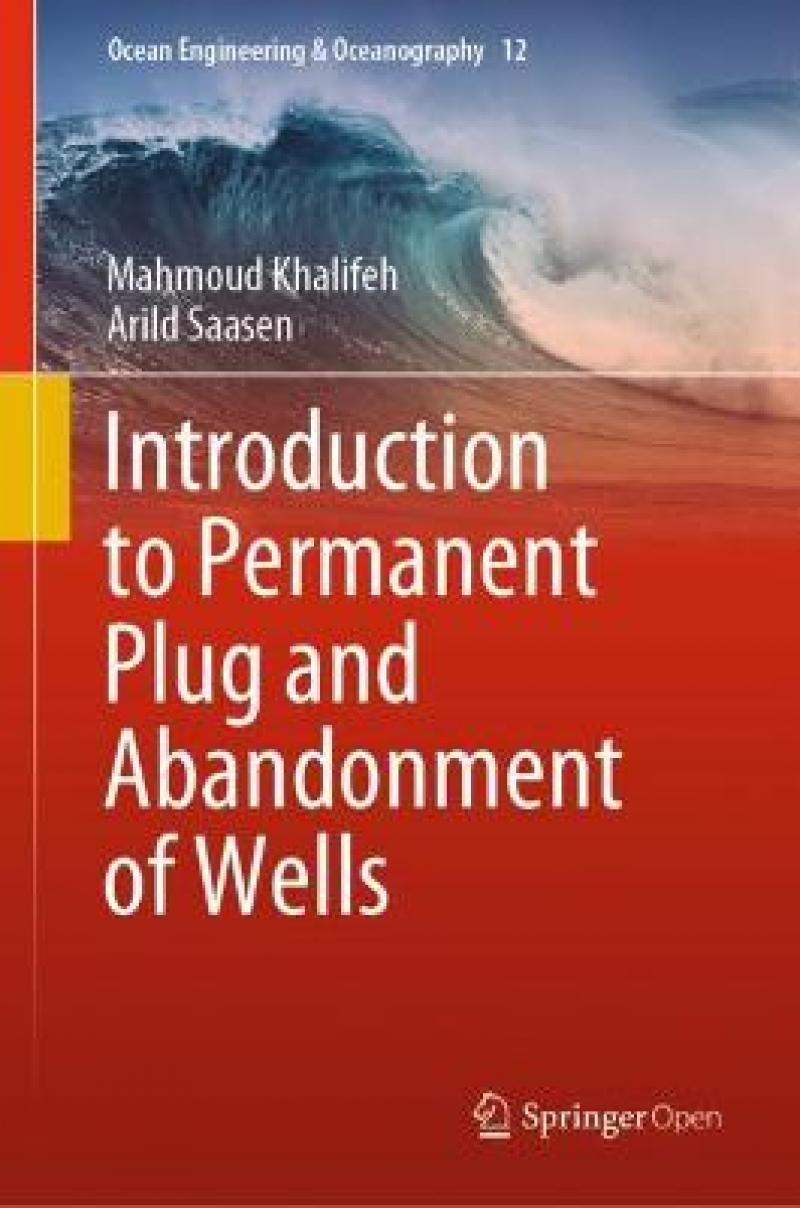This open access book offers a timely guide to challenges and current practices to permanently plug and abandon hydrocarbon wells. With a focus on offshore North Sea, it analyzes the process of plug and abandonment of hydrocarbon wells through the establishment of permanent well barriers. It provides the reader with extensive knowledge on the type of barriers, their functioning and verification. It then discusses plug and abandonment methodologies, analyzing different types of permanent plugging materials. Last, it describes some tests for verifying the integrity and functionality of installed permanent barriers. The book offers a comprehensive reference guide to well plugging and abandonment (P&A) and well integrity testing. The book also presents new technologies that have been proposed to be used in plugging and abandoning of wells, which might be game-changing technologies, but they are still in laboratory or testing level. Given its scope, it addresses students and researchersin both academia and industry. It also provides information for engineers who work in petroleum industry and should be familiarized with P&A of hydrocarbon wells to reduce the time of P&A by considering it during well planning and construction.
This open access book offers a timely guide to challenges and current practices to permanently plug and abandon hydrocarbon wells. With a focus on offshore North Sea, it analyzes the process of plug and abandonment of hydrocarbon wells through the establishment of permanent well barriers.
This open access book offers a timely guide to challenges and current practices to permanently plug and abandon hydrocarbon wells. With a focus on offshore North Sea, it analyzes the process of plug and abandonment of hydrocarbon wells through the establishment of permanent well barriers. It provides the reader with extensive knowledge on the type of barriers, their functioning and verification. It then discusses plug and abandonment methodologies, analyzing different types of permanent plugging materials. Last, it describes some tests for verifying the integrity and functionality of installed permanent barriers. The book offers a comprehensive reference guide to well plugging and abandonment (P&A) and well integrity testing. The book also presents new technologies that have been proposed to be used in plugging and abandoning of wells, which might be game-changing technologies, but they are still in laboratory or testing level. Given its scope, it addresses students and researchersin both academia and industry. It also provides information for engineers who work in petroleum industry and should be familiarized with P&A of hydrocarbon wells to reduce the time of P&A by considering it during well planning and construction.
Produktdetaljer
Biographical note
Mahmoud Khalifeh is Associate Professor at University of Stavanger (UiS). He hold a PhD in plug and abandonment of wells with a focus on materials optimized for permanent P&A. Dr. Khalifeh has developed the permanent P&A (Plug and Abandonment) subject (MSc level) at UiS. He has published several articles in scientific journals and conferences. Dr. Khalifeh represents UiS as observer at Norwegian Plug and Abandonment Forum (PAF) since 2012.Arild Saasen has a position as adjunct professor at the University of Stavanger. Parallelly, he works for other companies including his own company ALKAS Atlantic AS. He has previously worked as drilling and well fluid specialist in Det norske oljeselskap (now named AkerBP) and Statoil (now named Equinor). Earlier he worked for Rogaland Research (now named Norce). He holds a MSc in fluid mechanics from the University of Oslo, Norway, and a PhD from the Technical University of Denmark. Throughout the last three decades, he has published numerous articles about drilling and drilling fluids. He has been awarded the Nordic Rheology Society’s Carl Clason Rheology Award in 2012 and the SPE North Sea Regional Drilling Engineering Award in 2018.
